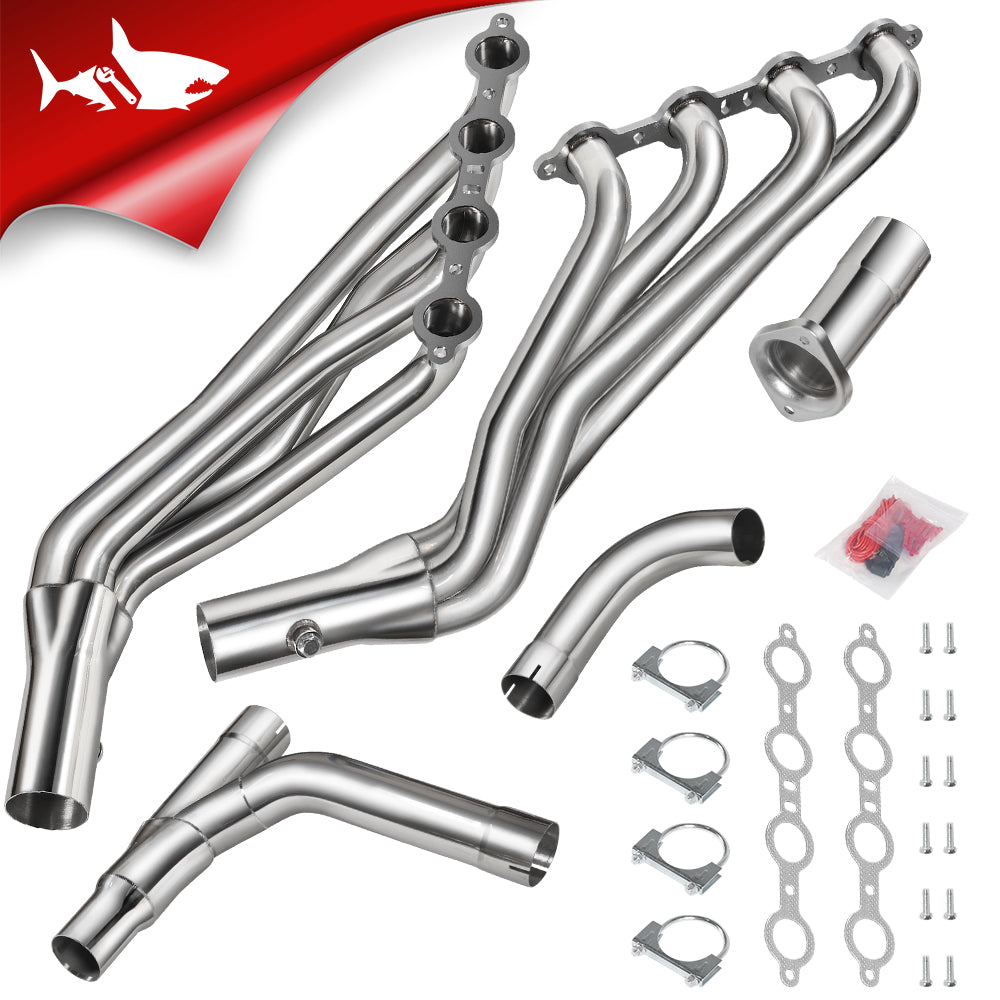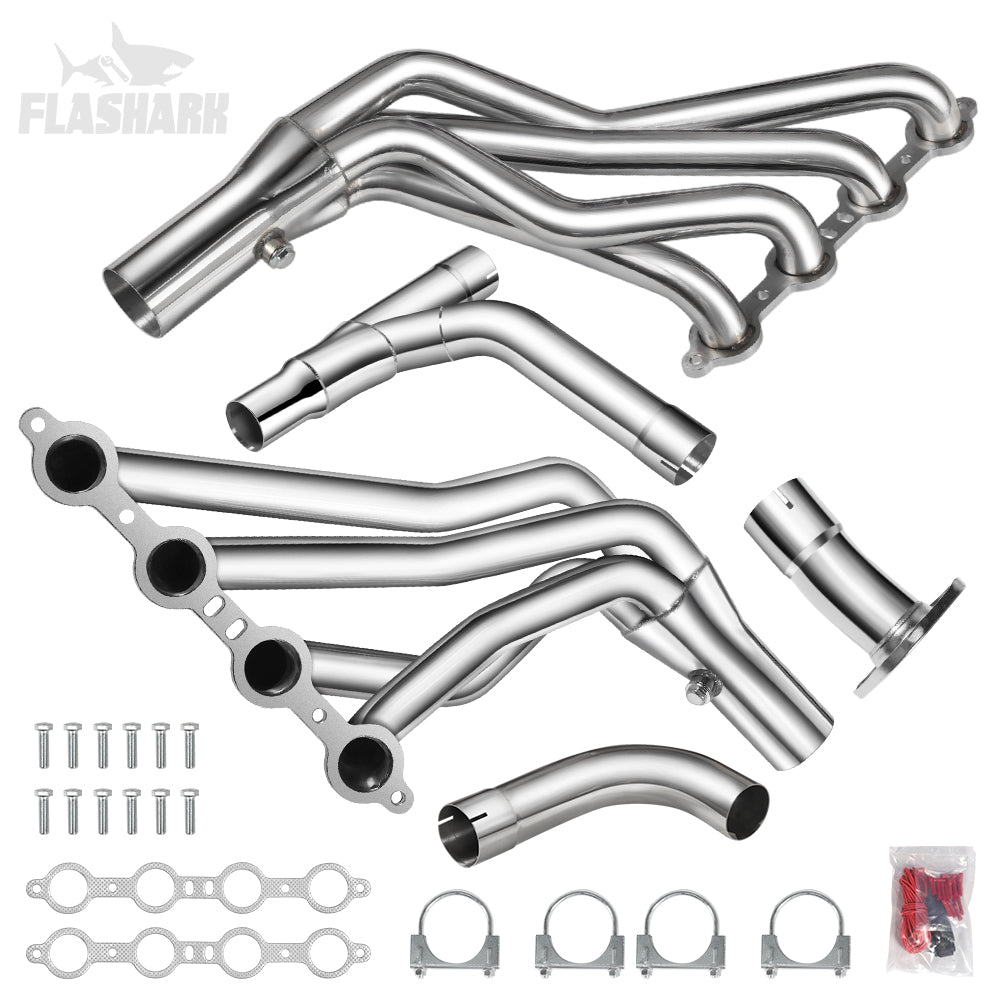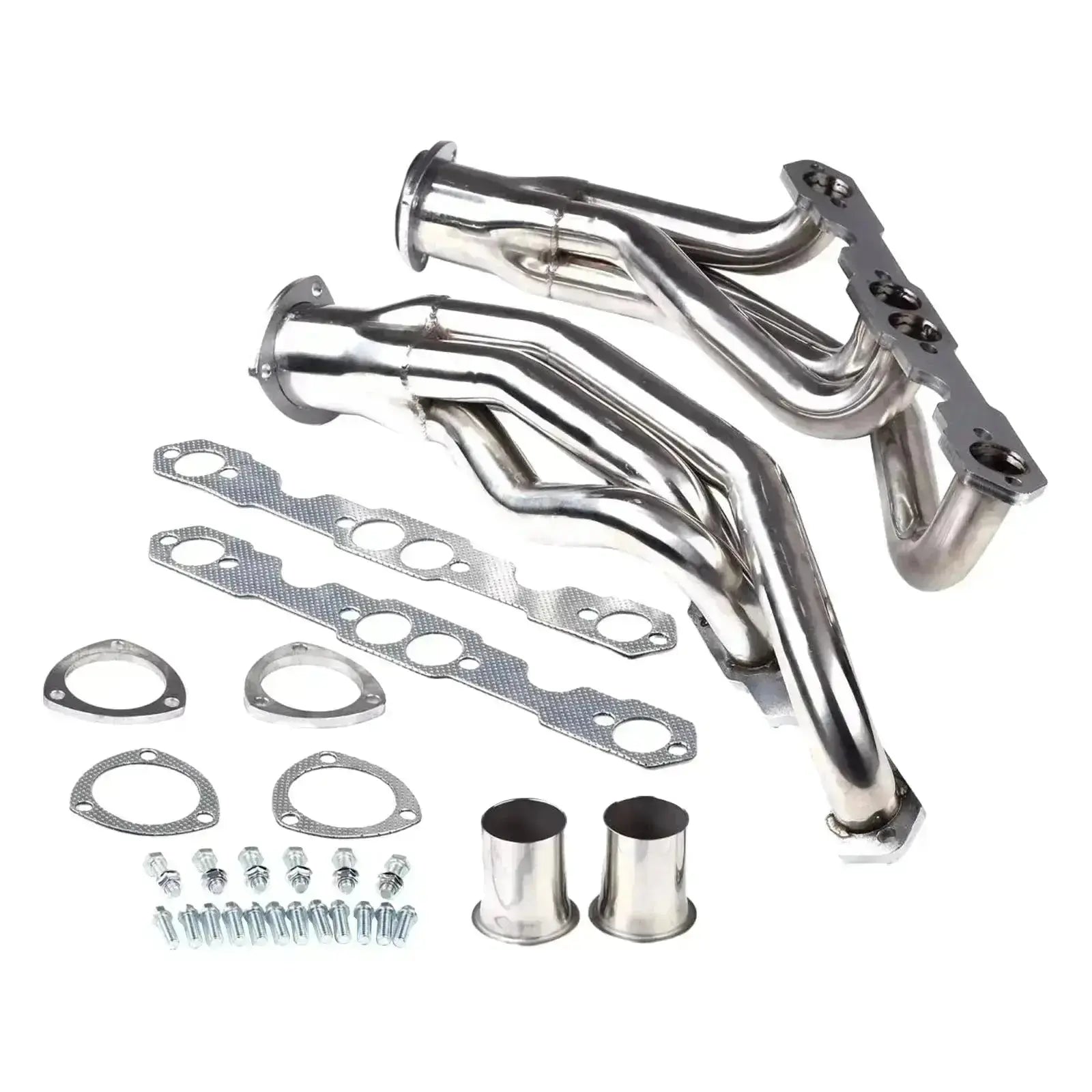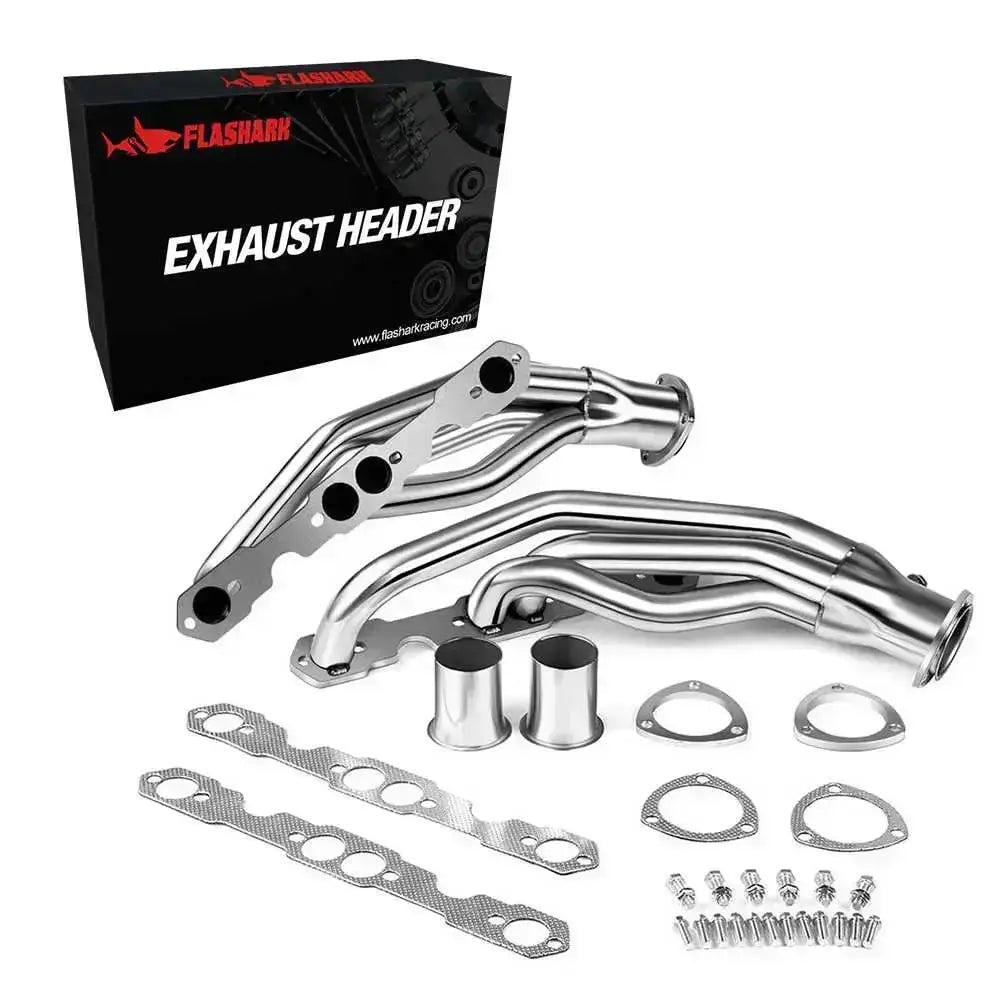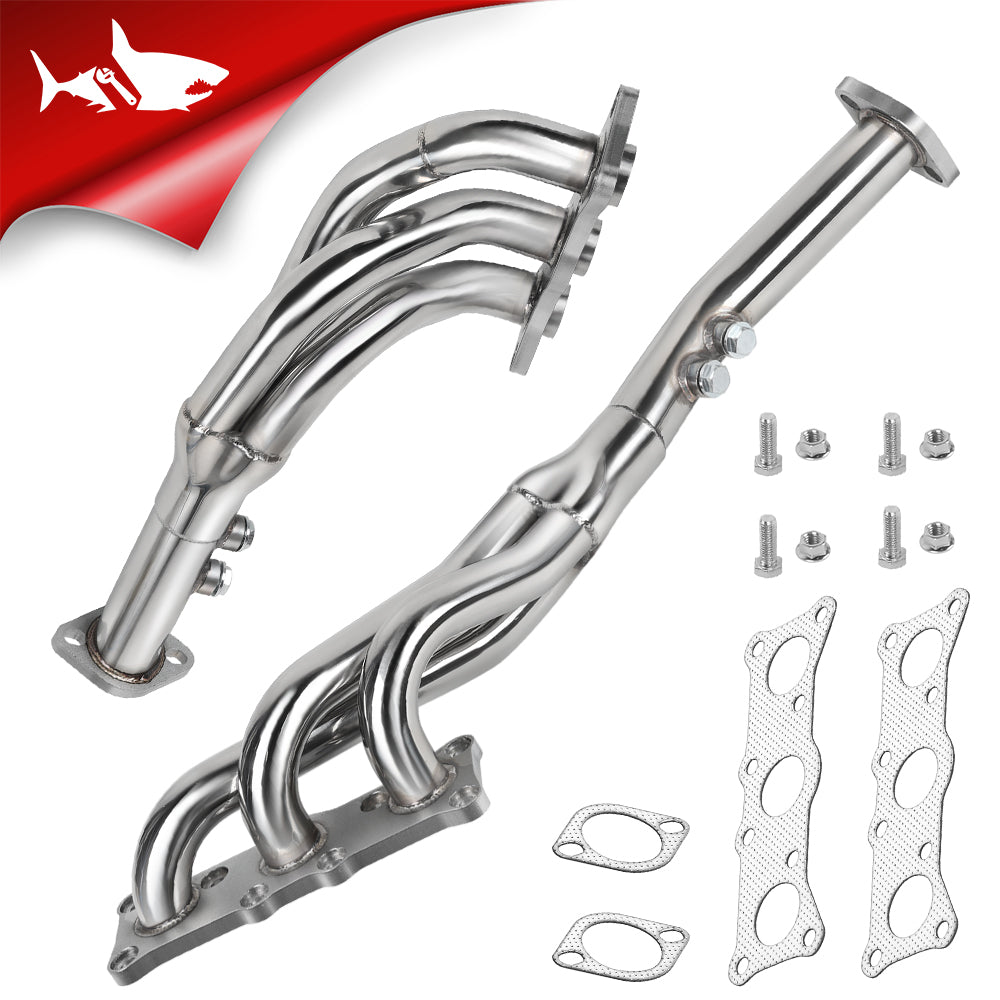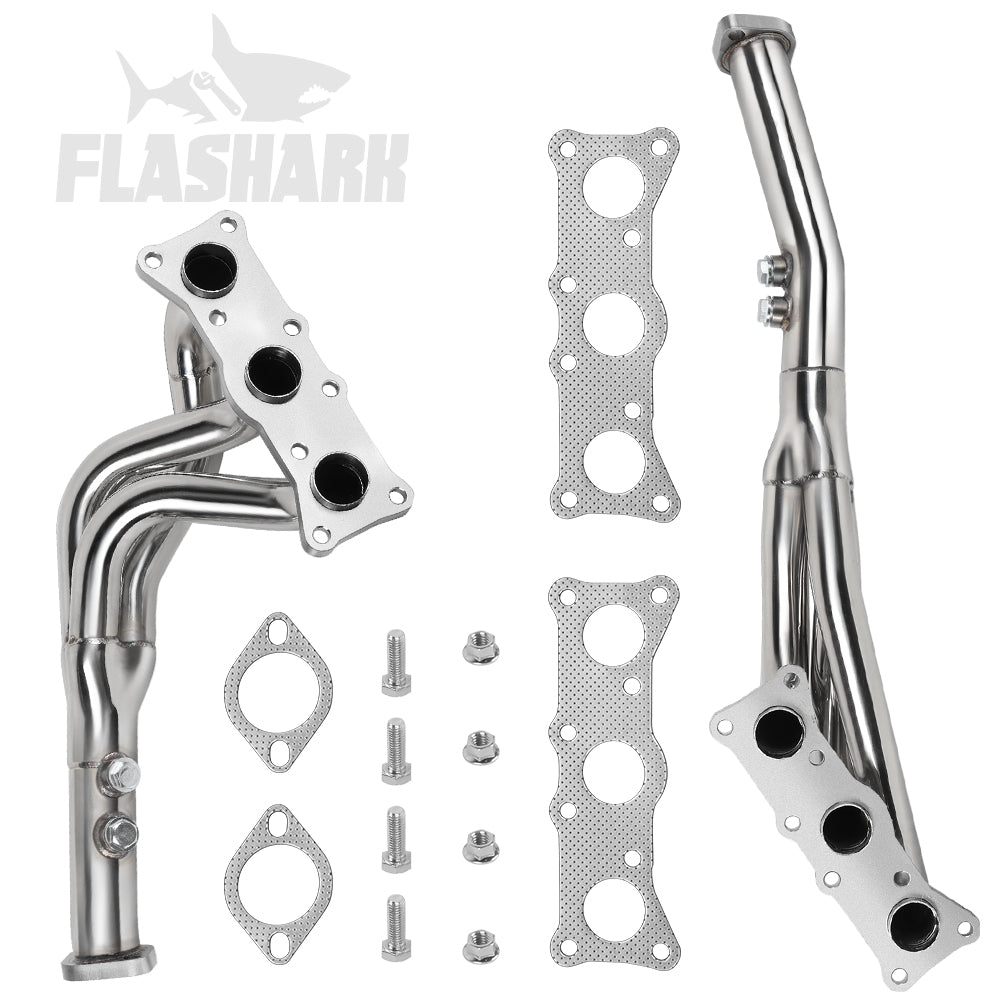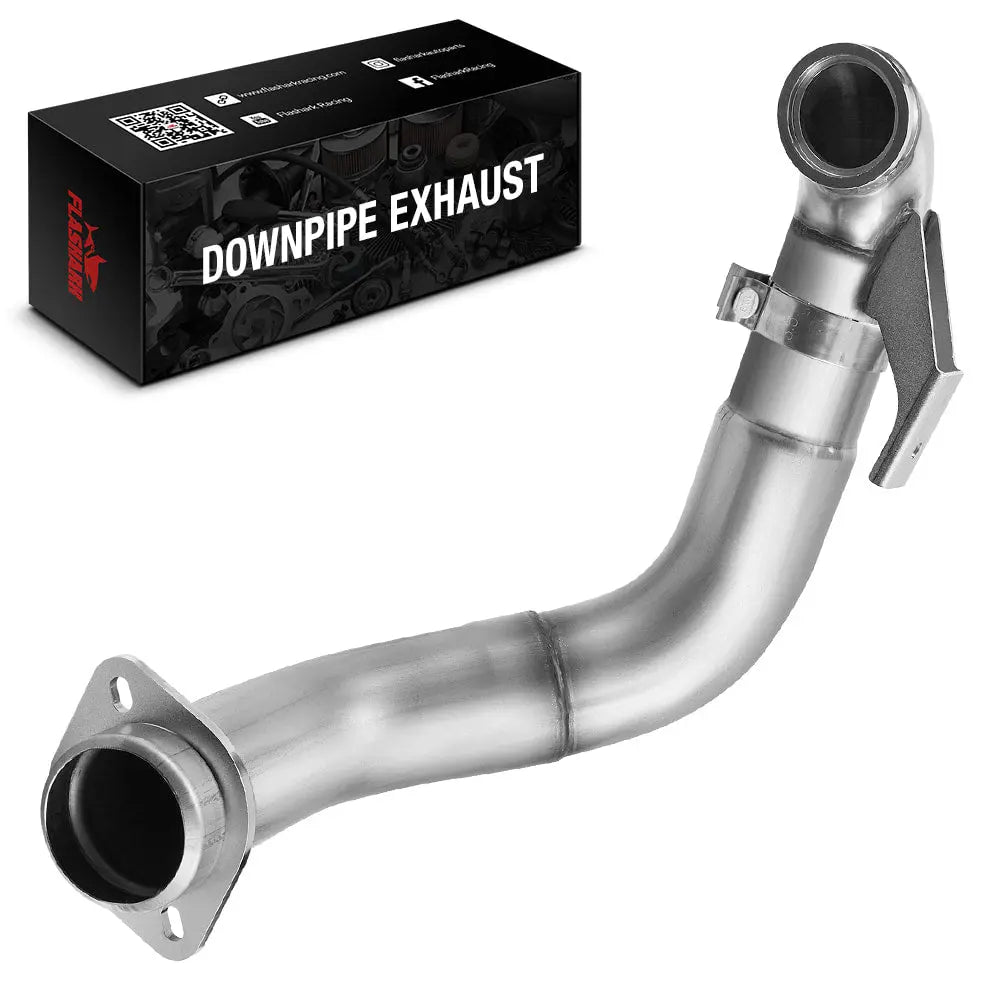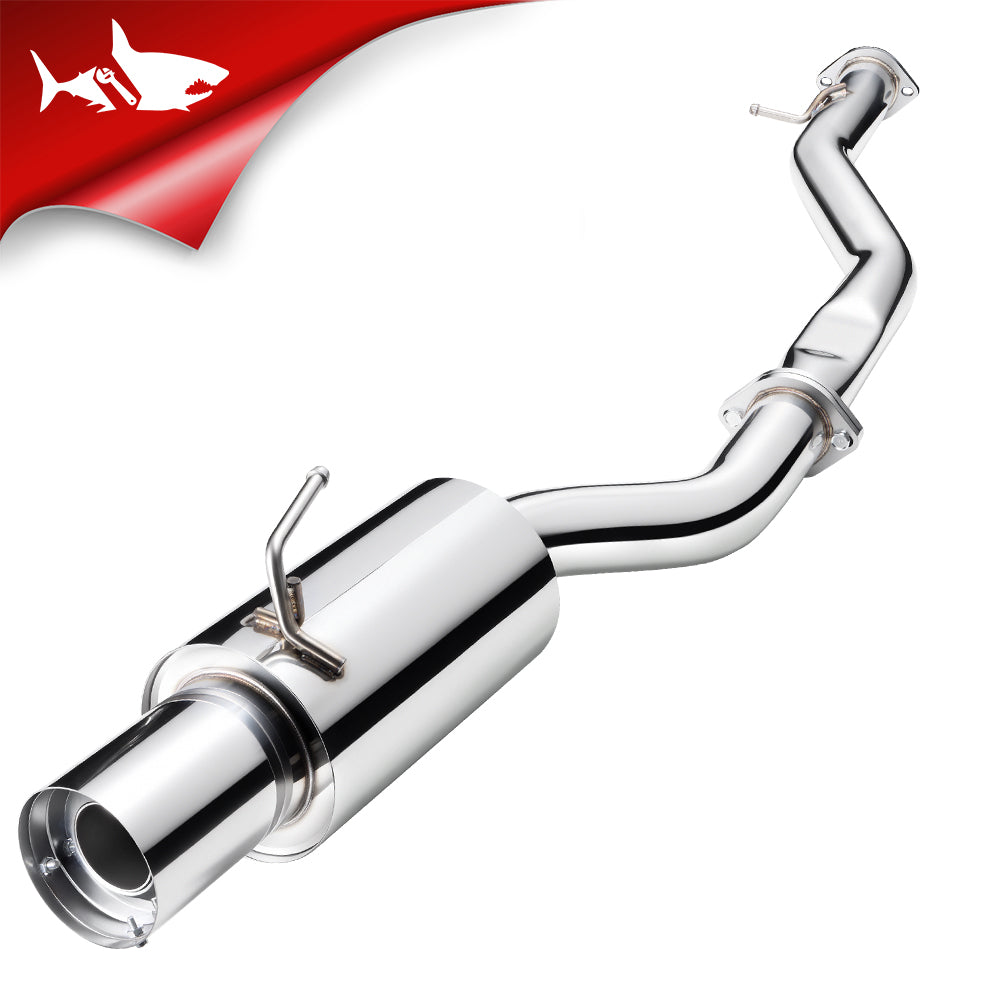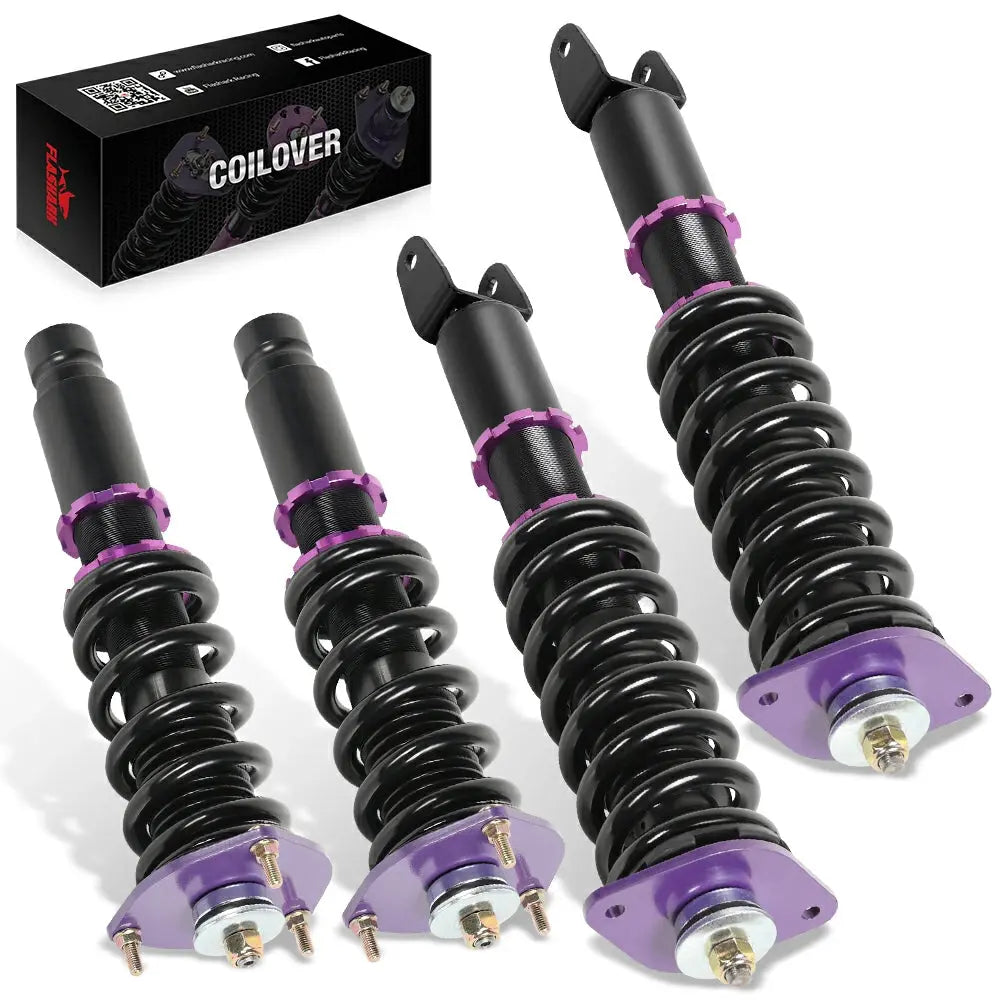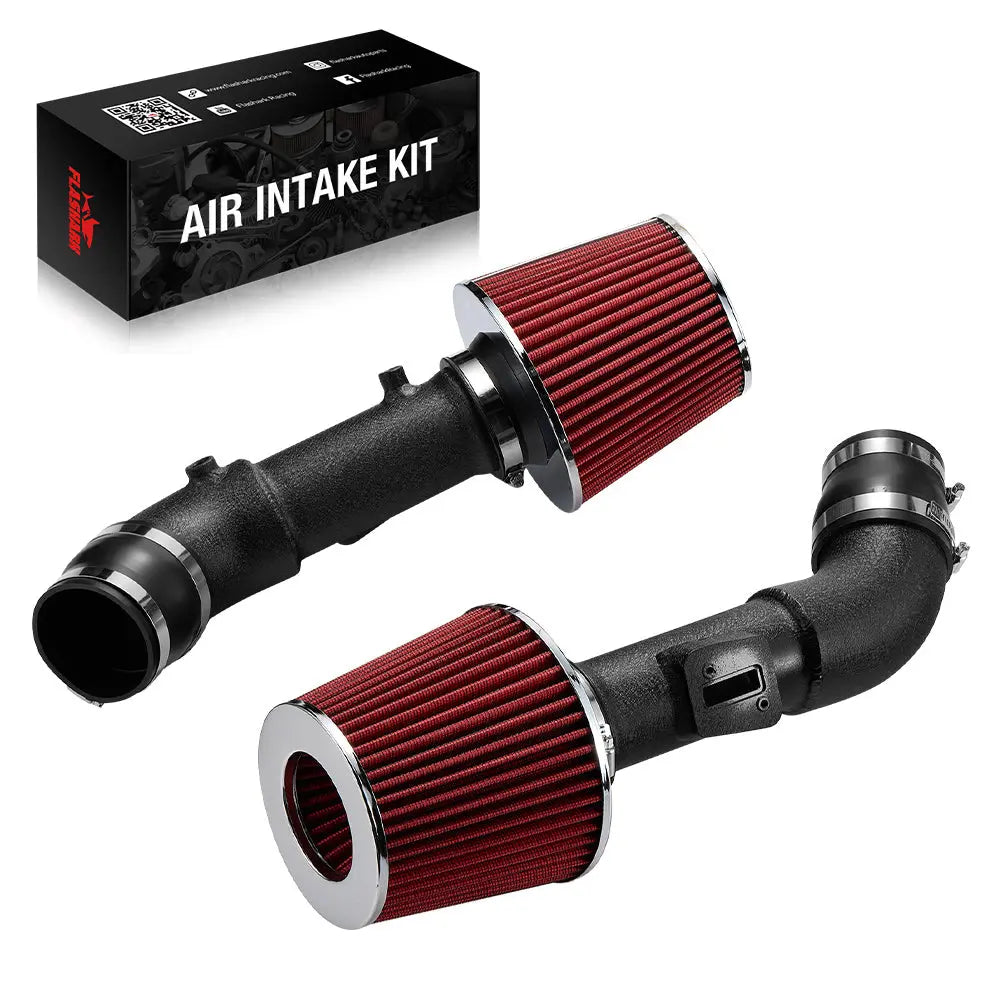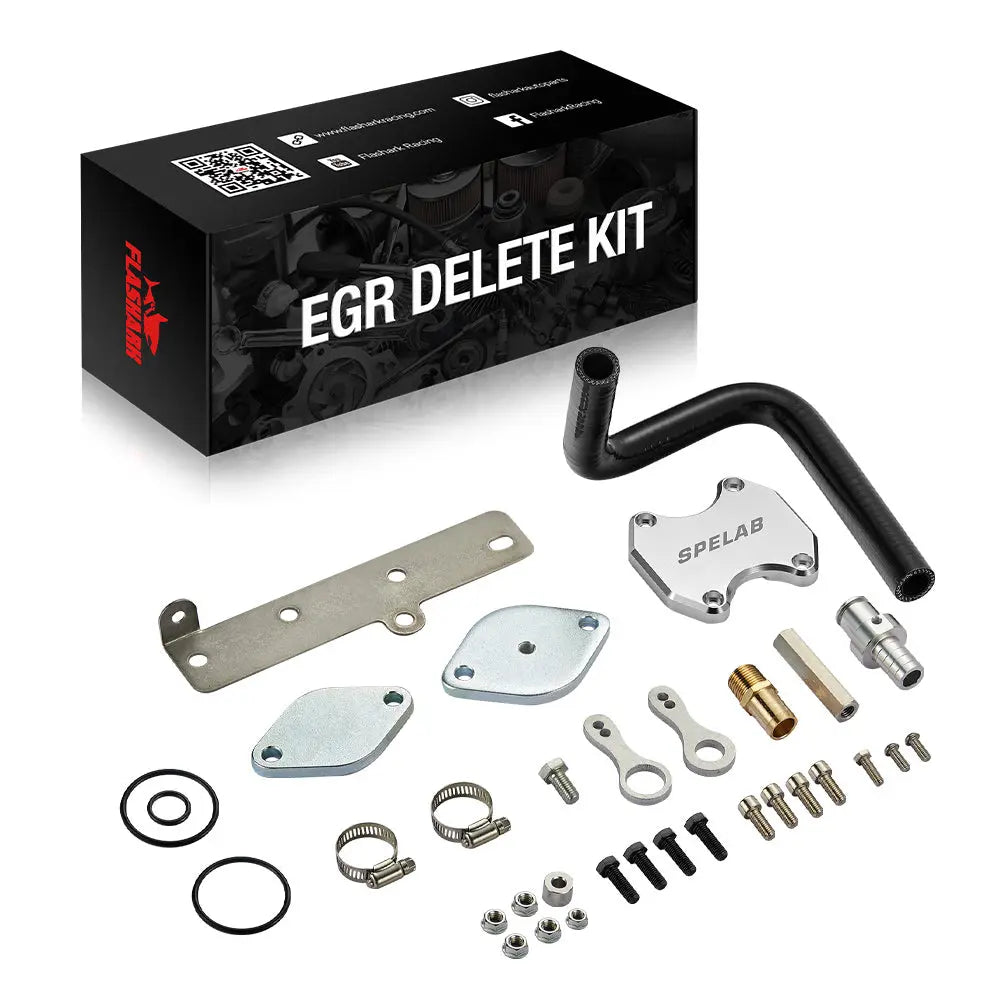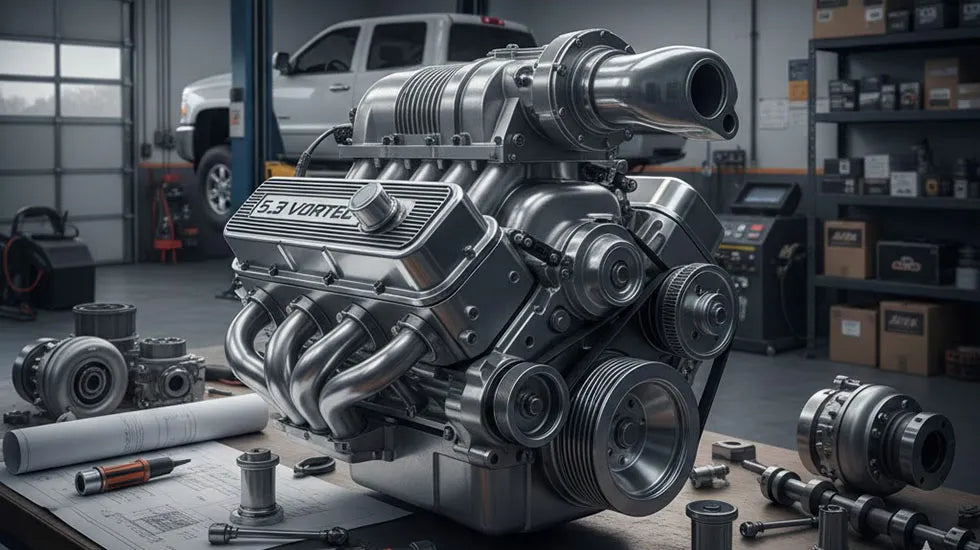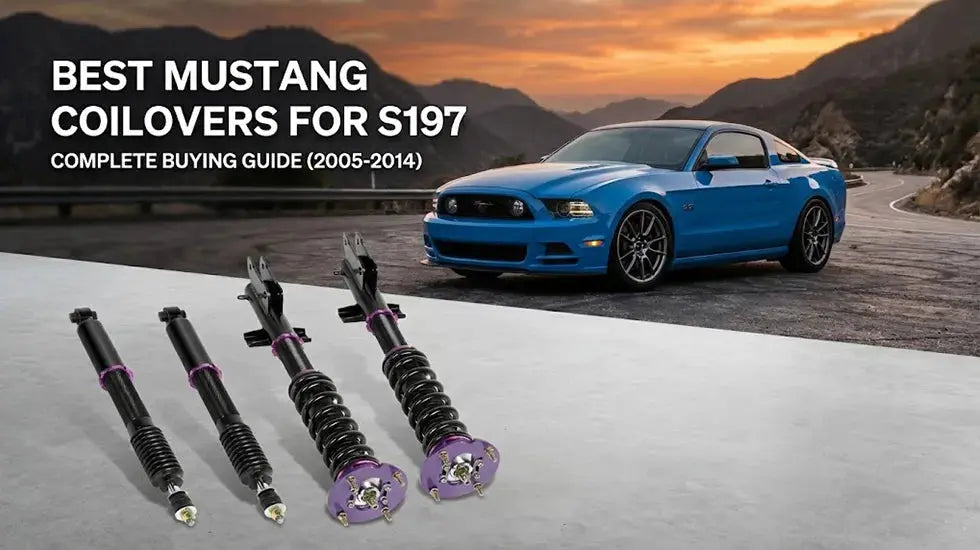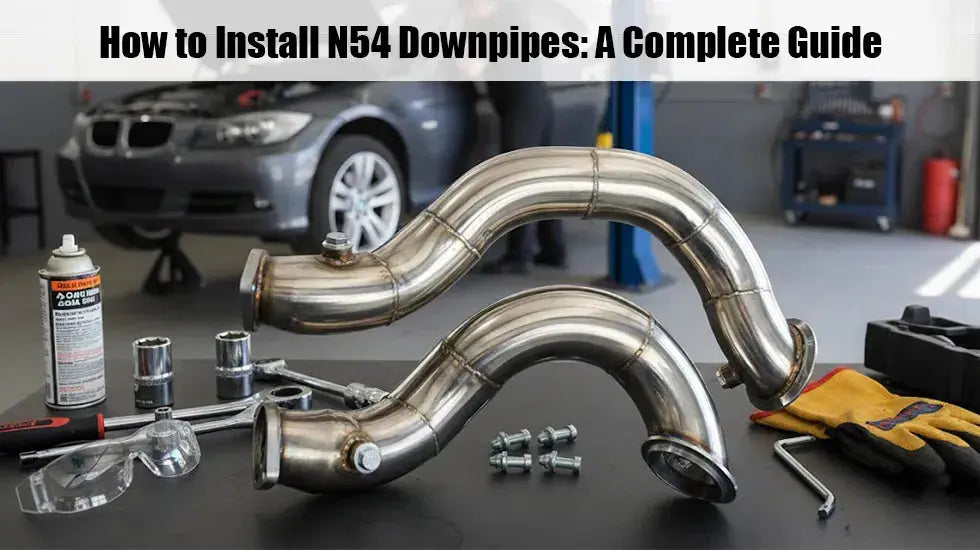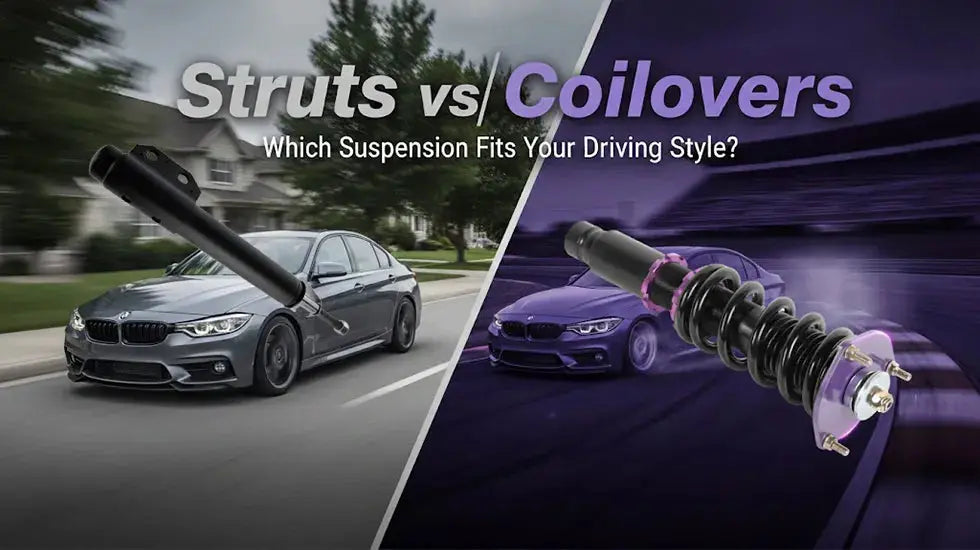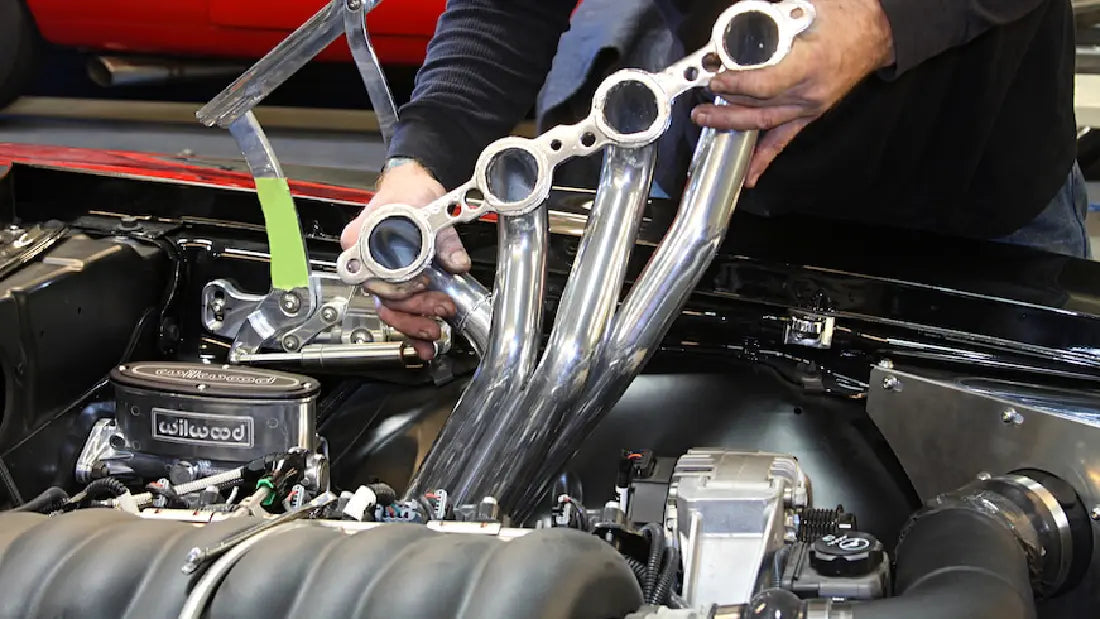Due to pollution limits, the 6.6L LMM Duramax replaced the LBZ Duramax in the middle of 2007. The LMM underwent significant changes, one of which was the installation of a DPF system or diesel particulate filter. Regeneration cycles for the particle filter and system take place in tandem with the DPF.
Although the LMM is actually a fairly dependable engine, DPF failure is one of its most frequent issues. It's not surprising that this brand-new emissions system, which had never been installed on a Duramax engine before, had some issues. Driving on the highway is necessary for the DPF system's regeneration cycles so that the exhaust can heat up enough to burn all of the stored particulates. When the exhaust doesn't become hot enough, LMM engines undergo excessive regeneration, which can cause the DPF to fail and cause clogging issues, which can then cause issues with the fueling and cooling systems.
In the end, diesel particulate filters are beneficial to the environment but not so beneficial to dependability and performance. As a result, removing the LMM DPF system is a popular decision.
What is the DPF System?
As implied by its name, the DPF, or diesel particulate filter, is a filter that collects diesel particulates. Diesel fuel burns less efficiently than regular gasoline, which causes tiny chemical particles to develop in the exhaust gas. These specks are also referred to as diesel soot and are classified as diesel particulates.
The particulate filter must capture these dangerous particles, which will then burn them through cycles of "regeneration." The soot in the filter must be burnt off once accumulated to prevent clogging. Regeneration cycles have a role in this. Diesel fuel is pumped into the exhaust stream during a regeneration cycle to heat the DPF to over 1,000 degrees, burning off all the soot. Because of gasoline consumption, this procedure also yields lower gas mileage.
Other LMM Emissions Systems
There are other emissions systems on the LMM besides the DPF. A diesel oxidation catalyst, often known as a DOC, is a component of diesel exhaust systems and functions similarly to a catalytic converter on a gas engine. Within the exhaust system, the DOC is located before the DPF and after the downpipe.
Unlike the LML, the SCR mechanism is absent from the LMM. As a result, the LMM's exhaust is as follows: downpipe > DOC > DPF > cat-back pipework and muffler.
The LMM also has an EGR system, sometimes known as exhaust gas recirculation. This emissions system happens before the exhaust and is independent of the exhaust-related emissions equipment. Before exhaust gases enter the exhaust tract, EGR systems recirculate them back into the engine. This allows the gases to re-burn through the combustion cycle, producing cleaner exhaust emissions.
What about the EGR System?
Since the EGR system is located before the exhaust, it is not eliminated together with the DPF. Since the EGR isn't just a piece of piping like the exhaust system is, removing it calls for a separate delete kit and is a little more complicated. It has several valves and hoses that must be replaced in order to shut off the system.
2011-2016 Duramax EGR Delete w/ Up-Pipe (1090014)
Rough idling, subpar performance, reduced fuel efficiency, frequent stalling, and a long list of other problems can all be attributed to a defective EGR. You may completely delete the problematic EGR system on your 6.6L LML with the BD 1090014 EGR Delete & Up-Pipe. This kit includes a brand-new up-pipe to save time and prevent headaches, so you won't have to struggle with your old up-pipe to get it to function. With the help of this EGR deletion, you can give your installation a clean, factory-like appearance and lessen carbon buildup in the intake, reducing restriction, lowering EGTs, and speeding up the turbine spool!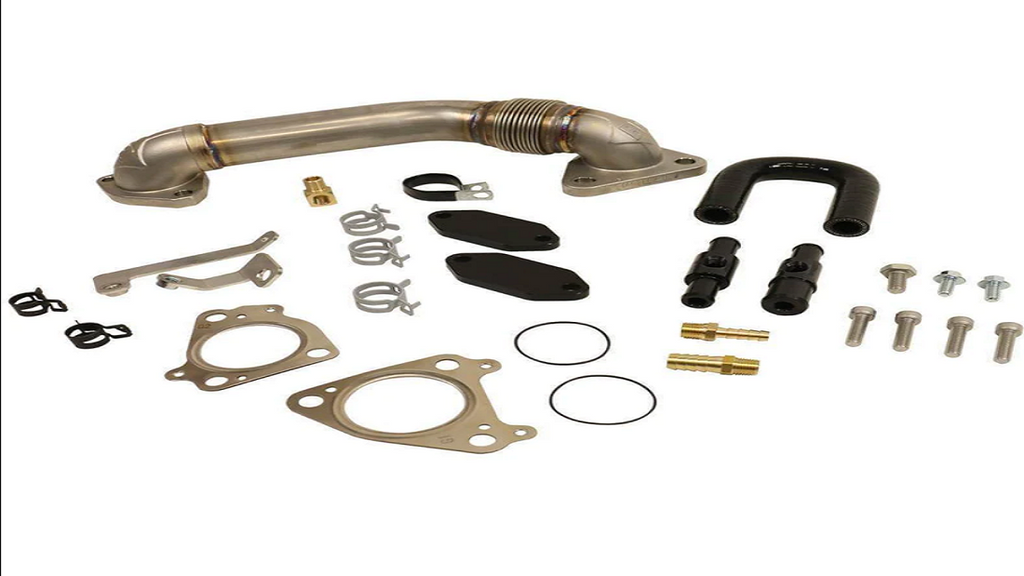
2016-2022 2.8L Duramax EGR Delete Kit (LWN-EGR-A040)
EGR Upgrade Kit for 2.8L Duramax LWN engines. In order to restrict the flow of EGR gasses into your intake and keep your Mini-Max on the road for longer while experiencing fewer issues, this block-off kit replaces the EGR pipe from your EGR cooler to your intake with high-quality plates.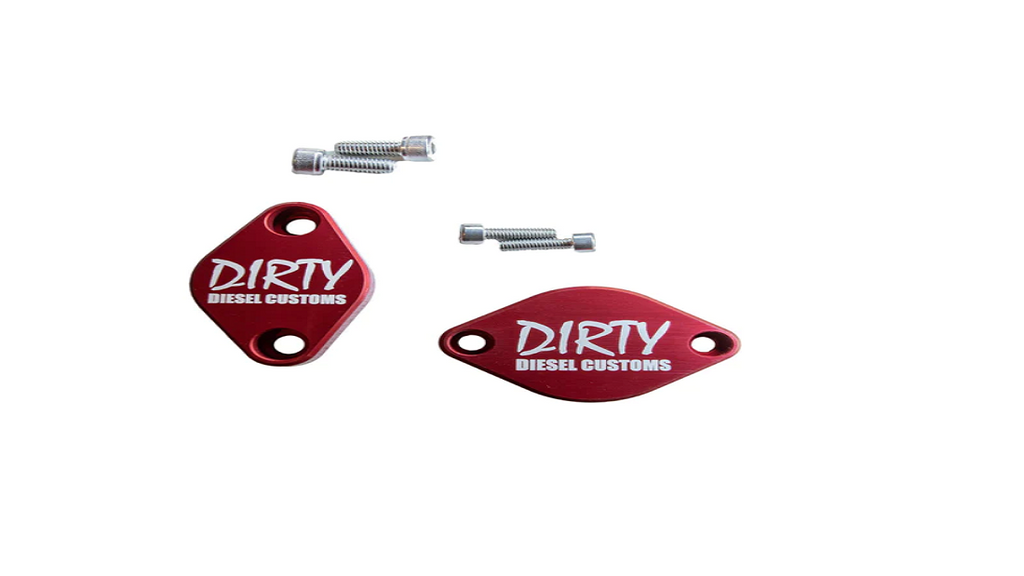
What Does an LMM DPF Delete Remove?
More than just the diesel particulate filter is actually deleted when the LMM DPF is removed. The diesel oxidation catalyst will also be removed in addition to the DPF. All deletion kits available will remove both the DOC and DPF, although they reside in different pipes and can be deleted or removed independently. It makes sense to remove both in order to maximize the value of deleting one.
In essence, an LMM DPF deletion is basically an enhanced exhaust system without these filters. All of the emissions systems that are located inside the exhaust are deleted because it bolts to the downpipe and the cat-back section of the exhaust system.
Ultimately, it deletes:
- Diesel particulate filter (DPF)
- Diesel oxidation catalyst (DOC)
- O2 sensors attached to the exhaust
- Regeneration cycles (no equipment, just the process)
How to Delete the 6.6L LMM DPF
Here are the two elements you will need to remove the particulate filter and the oxidation catalyst. However, we don't advise it:- LMM DPF Delete Kit
- Tuner with delete tunes


